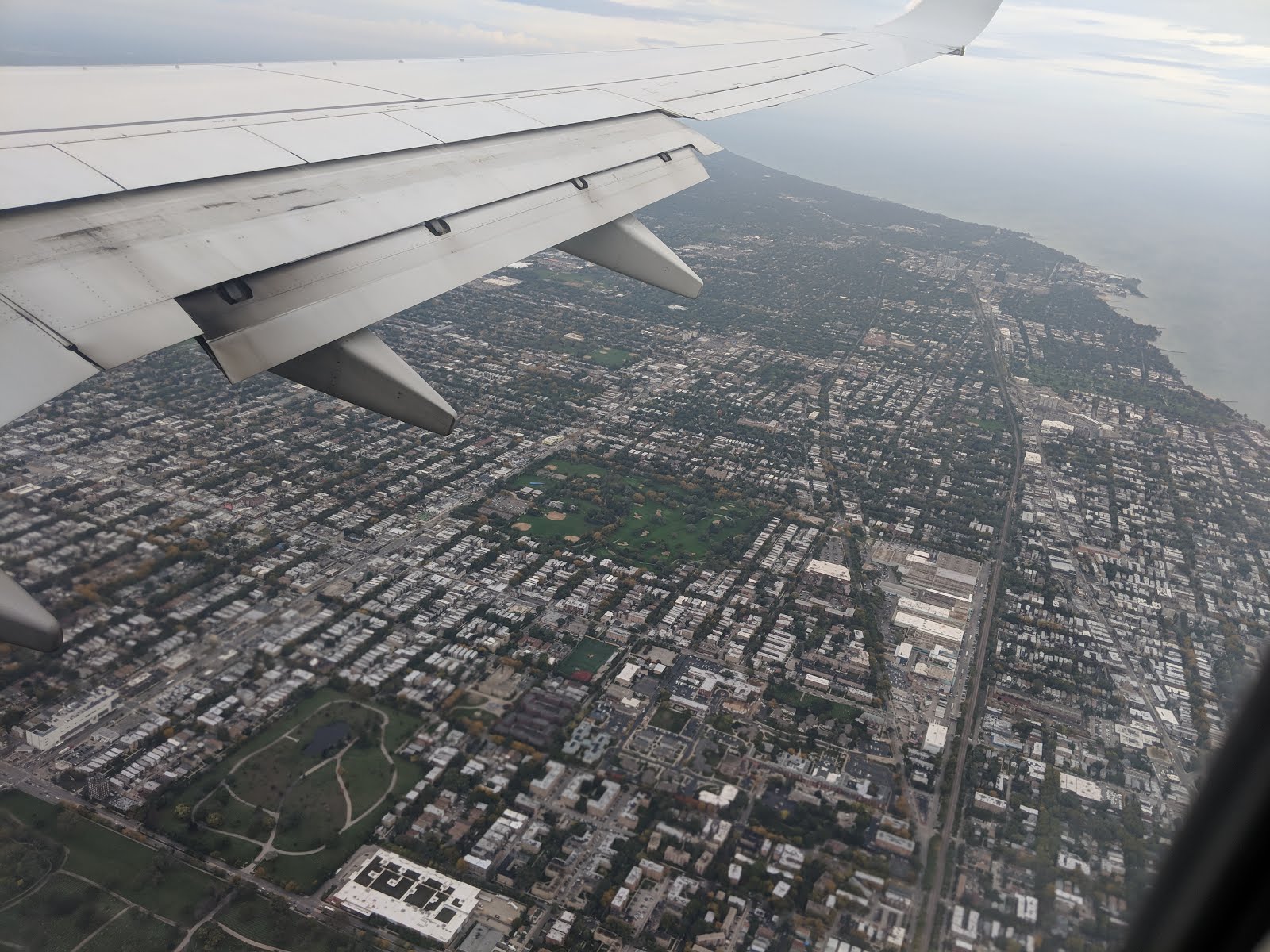- Congressman Raskin And Others Request GAO Study Of Noise Impacts From NextGen, June 19, 2019 Rep. Jamie Raskin yesterday joined 28 other Members of Congress in requesting that the U.S. Government Accountability Office (GAO) investigate "how the Federal Aviation Administration (FAA) has considered community noise impacts while implementing the Next Generation Air Transportation System (NextGen) in major metropolitan areas," including the Washington, D.C. metropolitan area. <iframe width="425" height="300" frameborder="0" scrolling="no" marginheight="0" marginwidth="0" src="https://www.govtrack.us/congress/members/embed/mapframe?state=md&district=5&bounds= -78.071,39.843,-75.454,37.105 "></iframe>
